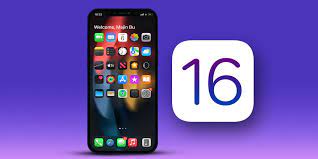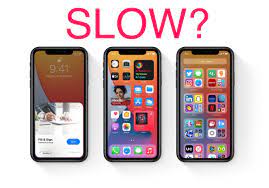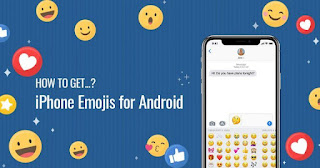Apple’s iOS 16 update has officially rolled out to all eligible iPhones, starting with the iPhone 8 and later, and it comes with some neat features that users will love. The iOS 16 update brings major design changes to the lock screen as well as changes to the Messages app.
Check out some quick tips on how to get the most out of the iOS 16 update on your device!

Apple iOS 16: How to Customize the Lock Screen
There are two ways to customize the lock screen. You can go to Settings > Wallpapers > and tap Add New Wallpaper. You will now see a lot of wallpaper and lock screen options. You’ll see Favorites, the ability to choose a photo from your gallery as your lock screen, and options to choose emoji-based wallpapers, weather wallpapers. Now, if you choose one, you’ll see options for further customization. You can click and change the font or color of the time widget, or even the date.
Another way to customize it is to long-press on the lock screen itself, and customization options will appear. There is also a plus sign next to it. You can customize your existing lock screen, or just tap the plus sign and an entire menu will appear where you can change, tweak, and edit it. You can also add more widgets to the lock screen from here.
This is a cool feature on iOS 16. You can now remove the background from your photo, but just make sure the photo is one with the subject in focus and the background clear.
You can now simply click on the relevant object in the photo and the background will be removed. Once Apple’s software comes into play, the copy/share options appear. Just hit copy and open any other app. Just click and use it when the paste option appears. Pictures without backgrounds will be pasted into the chat. This option also lets you share images directly to apps like Gmail or Messages.
Apple iOS 16: Edit, Unsend Messages
In iOS 16, you can now edit or unsend an iMessage within 15 minutes of it being sent. You just long-press a message and you’ll see options to unsend or edit it. Remember that for the unsent option to work, the other party needs to be on iOS 16. If not, they can still see the message.
Apple iOS 16: Drugs
Apple’s iOS 16 will add a dedicated medication feature to the Health app. When you open the Health app, you’ll see the option to add your medication now. Apples will let you add medications based on dosage, name, and even the shape and form of the medication and how long you take it. You can also set alarms or reminders to take your medication.
Apple iOS 16: Find WiFi passwords easily
Apple’s iOS 16 finally fixes this, and you can now see passwords for existing WiFi connections. Just go to Settings > WiFi and tap on a specific WiFi connection. The password should be visible, although it will be hidden in the dots. Click this and you can see the password. Apple will verify your identity with Face ID or Touch ID based on what you activated before revealing your passcode.
Apple iOS 16: Quick Notes from Control Center
Apple has introduced Quick Notes on macOS and iPadOS, and now the feature is coming to iOS 16 as well. You can go to the control center and add a quick note option. Now, when you swipe down and tap the quick note symbol, a note will open for you to quickly write anything.
>>>>>>>>>>>>>>Apple battery
Thanks for reading, hope it helps!
Friendly reminder: If you need to replace the battery of your device, this battery store will be a good choice: www.batteryforpc.co.uk









